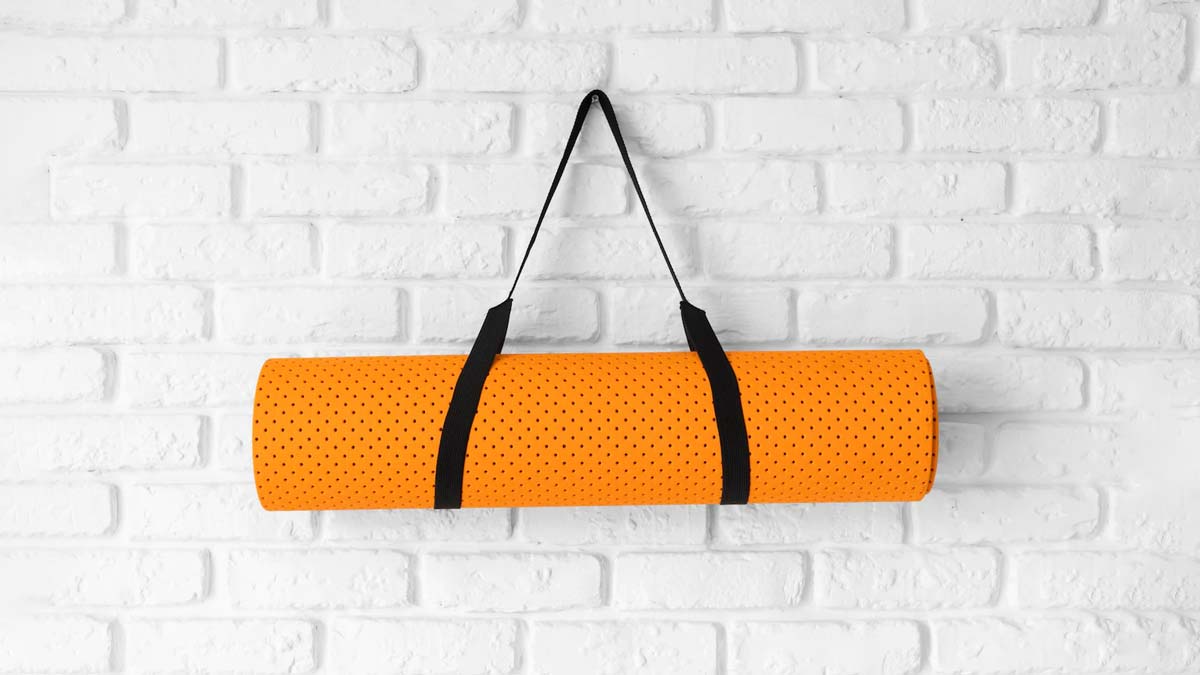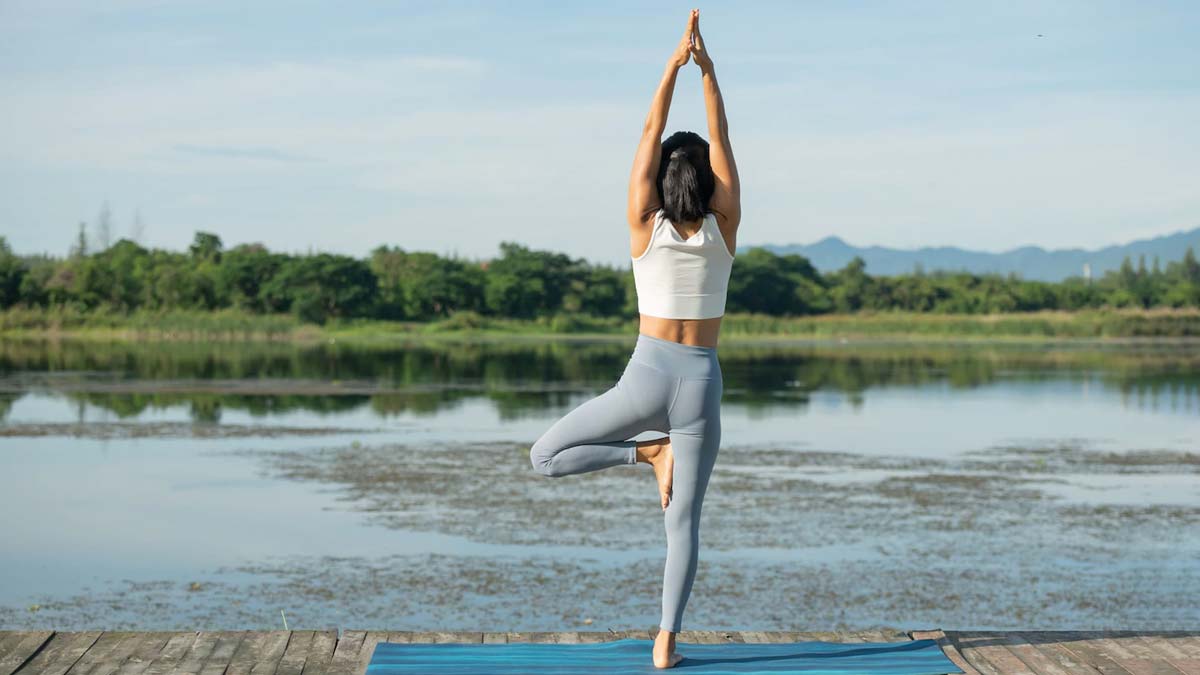
How To Pick The Right Yoga Mat
Yoga is one of the few forms of exercise that requires nothing but a yoga mat to get going on the journey of physical and mental well-being. However, the challenge arises when you are standing in a shop looking at several yoga mats and wondering which one would fit your requirements. Let’s see how to pick a mat before trying on those tricky asanas.
Durability
While purchasing a yoga mat, it is essential to ensure the material is durable. The market is flooded with environment-friendly rubber, thermoplastic elastomer (TPE) and PVC mats.
PVC mats are easy to clean, but they are non-absorbent. TPE mats are recyclable but less durable than PVC mats. Yoga mats made with natural rubber lack durability compared to the other two options because their founding material is organic cotton, rubber and jute.
Grip

It is essential to pick a mat that remains resistant to slipping. It will help you maintain a difficult posture and prevent sliding. In comparison to all three kinds of material, PVC mats are the most resistant to slipping.
For example, if you are practising a headstand, you need a mat that will resist slipping on the floor. Having a slippery mat can result in a hard fall, which can hurt you badly.
Level Of Exercise
Whether you are a beginner, an intermediate or an advanced yoga practitioner will also decide the type of mat you must purchase. For beginners (basic yoga postures), thickness and textures matter a lot.
For a practitioner at the intermediate level, thickness becomes an important factor. The mat must allow you to stay in a position for long hours. If you are at the advanced stage of practising yoga, stability is the prominent factor in deciding which mat will suit your needs.
Thickness
The thickness of the yoga mat is a crucial feature to consider before buying one. The right thickness will prevent your knees, elbows and parts of the body from banging on the surface while maintaining your connection with the floor.
Cushioning helps you comfortably nail the poses involving knees and elbows, but it will not help you with stability during a standing asana. Thin mats will provide the grip but might hurt your elbows and knees during the session.
The popular range of yoga mats in terms of thickness has three categories - 1/4 inch, 1/8 inch and 1/16 inch. 1/4 offers the most cushioning but requires more space for storage, while 1/16 is the most travel-friendly choice.
Don't Miss: Alaya F Yoga Poses For Building Muscle Strength
Texture

The texture of a yoga mat is responsible for the amount of grip it will offer you. The mat with raised texture provides the maximum amount of gripping. Such a choice will help you maintain your posture no matter how much you sweat or put pressure on the ground.
Don't Miss: Bollywood Celebrities Nailing Yoga Poses
Price
Price is obviously an important factor when purchasing a yoga mat. One can only pick the best option available in the pocket-friendly range.
Also watch this video
Herzindagi video